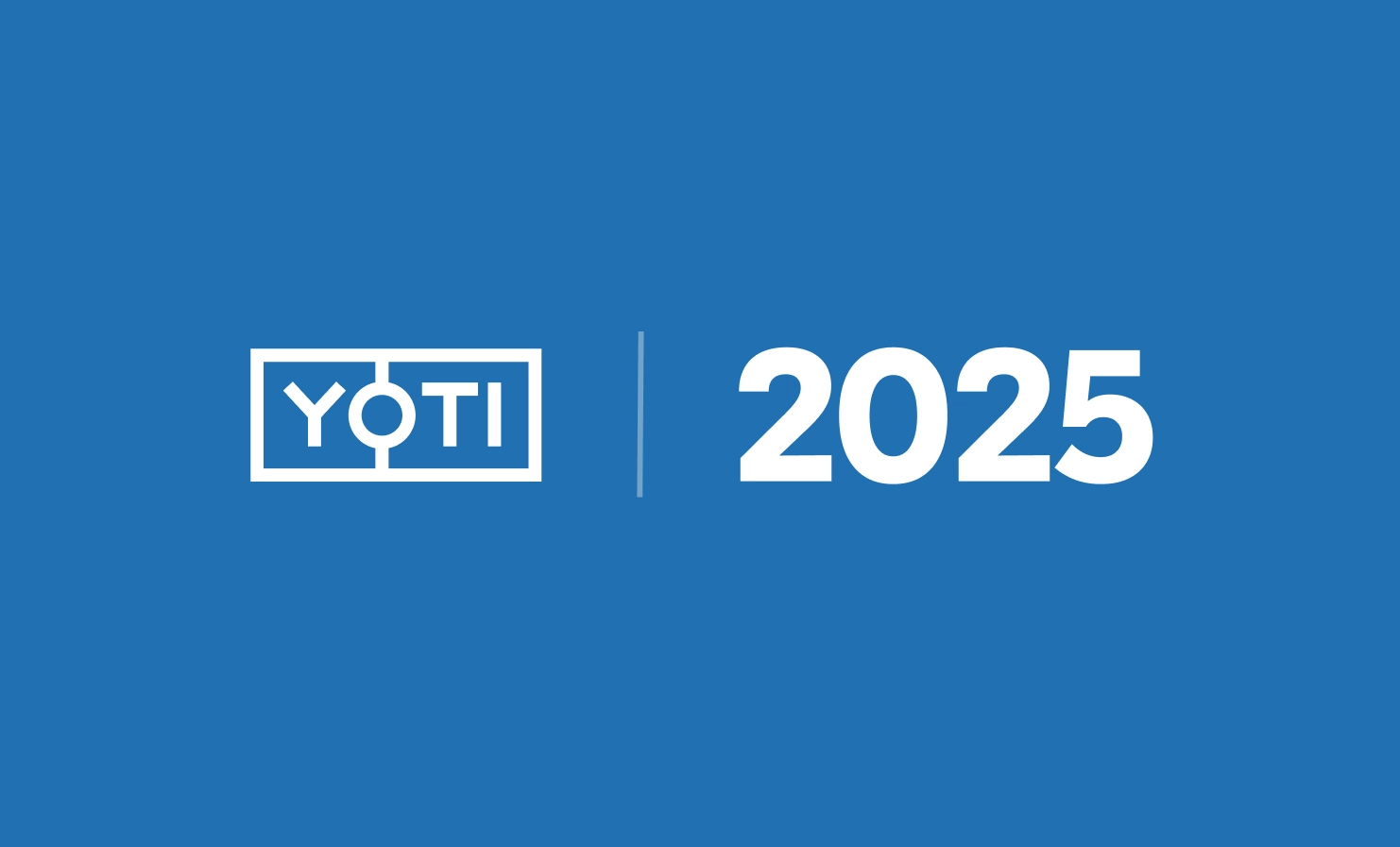
On 28th November 2024, the Australian Government passed the Online Safety Amendment (Social Media Minimum Age) Bill 2024. This legislation will prevent anyone aged under 16 from accessing social media platforms. It aims to protect young users from harmful content and interactions.
Set to begin in early 2025, the Age Assurance Technology Trial will test the effectiveness of age assurance technologies – spanning verification, estimation and inference. By testing various methods, the Australian Government hopes to identify robust and scalable solutions to enforce minimum age limits across platforms. Initial insights were made available from June 2025 with a final report expected to be published later this year.
We’re pleased to have the opportunity to participate in the Age Assurance Technology Trial, and look forward to taking part. By collaborating with the Australian Government and other stakeholders, we aim to contribute valuable insights into:
- Technical feasibility: Assessing the practicality of various age assurance technologies.
- Privacy protections: Ensuring that any implemented solution respects user data and complies with privacy standards.
- User experience: Balancing safety measures with seamless and inclusive user interactions.
In this blog, we take a closer look at the Australian Age Assurance Trial, which is likely to inform regulatory guidance on age assurance methods.
What is the Age Assurance Technology Trial?
The Age Assurance Technology Trial (AATT), led by the Australian Government, aims to evaluate the effectiveness, reliability, and privacy considerations of age assurance technologies. This trial reflects a proactive response to growing concerns over children’s safety online, particularly regarding exposure to age-restricted content across social media platforms, gambling and adult sites.
The Age Check Certification Scheme (ACCS), an independent and accredited body for age assurance technologies, will oversee the trial. The ACCS has tested many global vendors and age check methods over the last four years. With a significant budget allocated, the Australian Government is clearly very serious about maximising learnings from these age trials, the results of which are likely to have a global regulatory impact.
What is the aim of the Age Assurance Technology Trial?
The AATT aims to identify user-friendly, accurate, and privacy-preserving age solutions. The outcomes of the trial will shape the future of age assurance requirements in Australia.
The outcomes of the AATT are also likely to have a global impact and influence regulations worldwide. It can provide essential insights into the accuracy and effectiveness of age assurance technologies and how they can create safer online experiences.
What age assurance methods will be tested?
The ACCS will work with industry, government and academia experts to evaluate different age assurance methods for accuracy, scalability, and ease of implementation. Methods will also be tested against strict privacy benchmarks to safeguard user data.
The AATT will test a variety of age assurance approaches, including:
- Age verification: ensuring that users are accurately verified as being above or below a required age threshold using valid identity documents or other verification methods. The ACCS project plan states that this will involve testing using a dataset of 4,000+ legitimate, fake, and altered identity documents. This will include documents from various regions, nationally and internationally. There will also be tests with documents that are worn, damaged or poorly scanned to assess how tolerant the system is to imperfect inputs.
We’re pleased to see that there will also be security testing to identify vulnerabilities that could allow users to bypass verification, including deepfake and injection presentation attacks. All of these checks will be important to ensure that users can’t just upload a photo of any identity document, or use a fake, tampered or altered document.
This testing will shed light on the effectiveness of software used for both ID verification and age verification. Effective verification depends on the authenticity of the date of birth and face photo on an ID document, as well as accurately matching them to the face of the person looking into the camera.
- Age estimation: testing the system’s ability to estimate a user’s age based on biological or behavioural features that vary with age. The testing will look at different age estimation methods, including facial, voice and palm. These will all be tested with different age groups.
The National Institute of Standards and Technology (NIST) in the US currently only tests facial age estimation. So the AATT will be one of the first large, independent tests of different age estimation approaches. For this reason, its outcome is likely to have global ramifications.
Facial age estimation can be configured to work with different thresholds. Businesses and regulators set these based on their own requirements. The project will kick off in January 2025 with bilateral and multilateral industry engagement events. During these events, we will seek more clarity about what thresholds will be used during the testing. This includes determining whether these thresholds will align with global legislative requirements, such as those defined as ‘reasonably effective’ or ‘highly effective’.
- Age inference methods: testing systems that infer a user’s age based on data inputs such as purchase history, possession of other age-related evidence, browser behaviour or online activity.
- Parental consent technology: evaluating a range of parental consent systems, some of which may attempt to just assess the age of the adults, whilst others may verify the identity of a parent or guardian and their relationship to a child before granting access to age-restricted services. This will also assess the levels of friction and consider test cases like foster parents, legal guardians, grandparents or step-parents.
We welcome this approach to parental consent; ensuring solutions are inclusive and cater to the various family structures in today’s world. It would be encouraging if the outcomes of this testing inform other regulators and businesses who use parental consent.
We will also closely examine other aspects of the project. This includes understanding how the Ethics Handbook will be developed, how the project will be governed and involve the proposed ‘boards’, and the approach to engaging with indigenous populations of Australia.
It would be helpful for the Australian Government to clarify if they are going to allow one-off account based age checks or if they will require reauthentication of age checking methods at random points. It is not as yet clear if they will only test the technology for when users first access social media. Or are they planning to see how effective methods are for random ‘spot checks’, ensuring the same user is the one using social media?
Yoti’s participation in the Age Assurance Technology Trial
We look forward to participating in the Age Assurance Technology Trial, demonstrating how our privacy-preserving age solutions can build trust and protect young users online.
We’ll continue to provide updates on the progress of the Age Assurance Technology Trial and its implications for the broader technology and relying party community.



